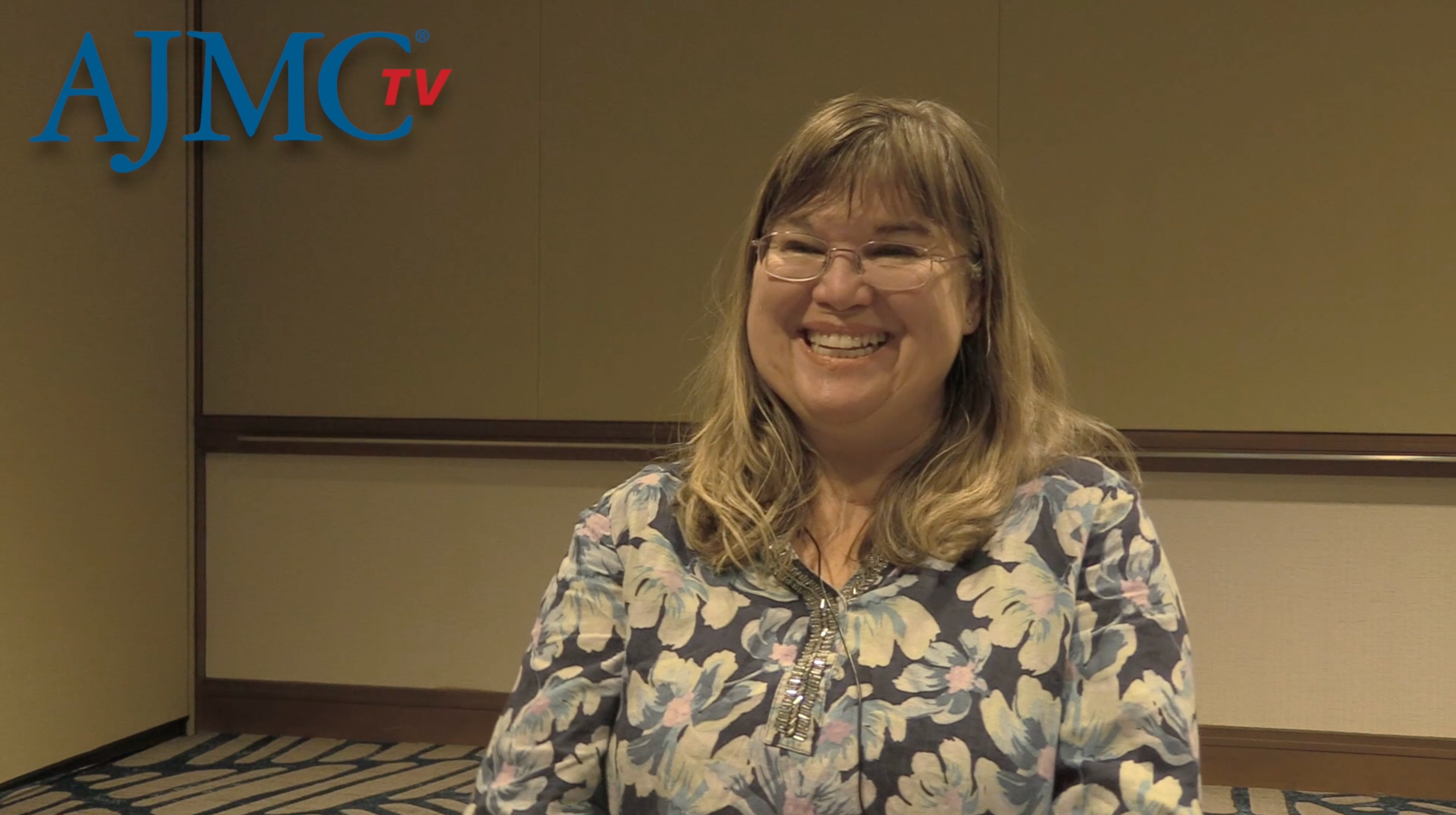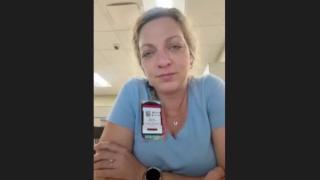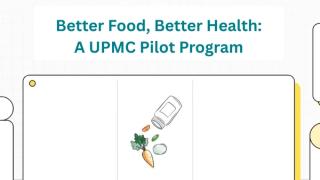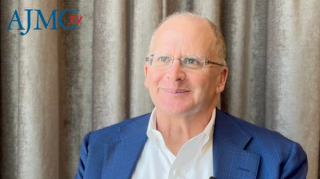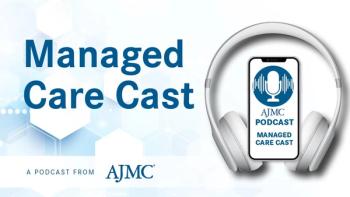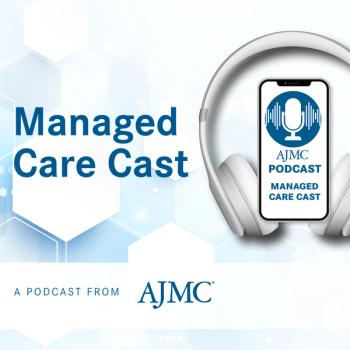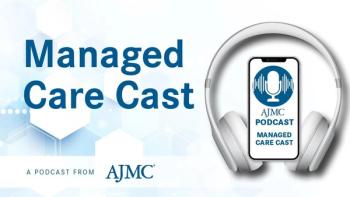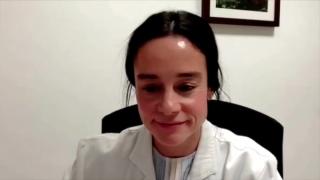
Health Care Delivery
Latest News
Latest Videos

Podcasts
CME Content
More News

Dedicated COPD respiratory therapists can improve inhaler use, ensure adherence, and bridge care transitions, explained Megan Dulohery Scrodin, MD.
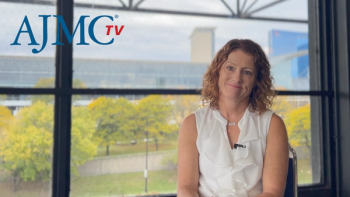
Digitized behavioral cough suppression therapy is a safe, highly effective, and accessible alternative to drugs for chronic cough, said Laurie Slovarp, PhD.
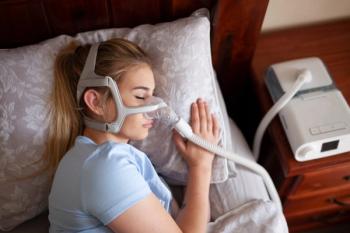
The efficacy of GLP-1 inhibitors in weight loss has introduced them as a means of also addressing obstructive sleep apnea in sleep medicine.
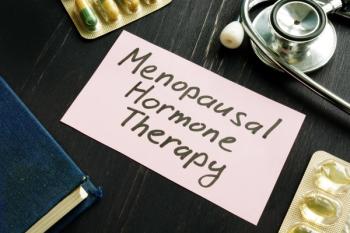
Experts also explained how hormone therapy can benefit women managing chronic conditions such as diabetes and hypertension on top of their menopause.

Researchers will present new findings on how menopause affects cardiovascular, brain, metabolic, and digestive health.

Thorough eye exams in patients who have myasthenia gravis can detect concurrent autoimmune retinopathy and its complications.

Higher body size and metabolic factors are linked to worse psoriasis and lower biologic treatment success.

Telehealth abortion requests doubled after the Dobbs decision, especially for those far from clinics or seeking care before 6 weeks of pregnancy.

Combination therapy with enfortumab vedotin and pembrolizumab significantly reduces progression and mortality risk of muscle invasive bladder cancer in first-line treatment.

Researchers identify FGFR4, FLT1, and WNT5A as key biomarkers and suggest dovitinib and nintedanib as new targeted therapies for colorectal cancer.

Patients successfully self-administer rozanolixizumab for generalized myasthenia gravis (gmG), preferring manual push delivery over infusion pumps in a phase 3 trial.

Education on birth control and its potential adverse effects is vital to women choosing the type that best suits them.
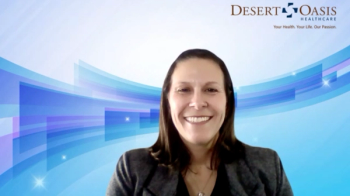
Remote monitoring and algorithm-based tools help pharmacists balance complex workloads in value-based care, says Lindsey Valenzuela, PharmD.

Andrew Wolf, MD, discusses the growing costs, treatment advances, and geographic disparities in multiple sclerosis care.
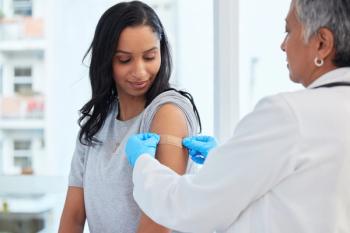
Women who received the mRNA COVID-19 vaccine in their first trimester did not have an increased risk of their child having a major congenital malformation.
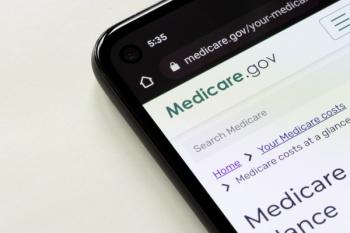
A new report shows Vermont, Utah, and Minnesota lead, while Louisiana, Mississippi, and Kentucky lag in Medicare performance.
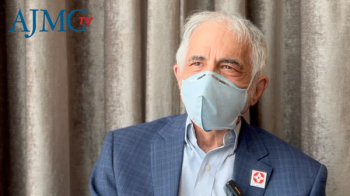
Patients beginning their cancer journeys should advocate for themselves and use support groups to help navigate survivorship challenges.

Measures need to be taken to elevate engagement both from employees and the general public as public confidence in the US health care system declines.

Adults with diabetes were 24% less likely to visit an emergency department in 2021 than in 2019.

ACOs serving patients with complex needs are on the rise, but policy changes are needed to support providers treating special populations.

Lindsey Valenzuela, PharmD, explains how value-based models empower a single pharmacist to manage multiple layers of these disease states.

CVS Pharmacy acquires stores and prescription files from over 600 Rite Aid and Bartell Drugs pharmacies.
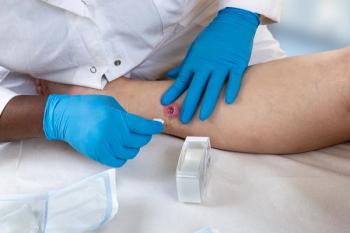
Experts discussed safe and effective management strategies for patients with hidradenitis suppurativa at the 2025 Skin of Color Update.

The number of Black, Hispanic, and Latino students admitted into medical schools fell as rates increased for White and Asian students.

Eliot F. Battle, MD, discusses how to effectively and successfully treat skin of color.




